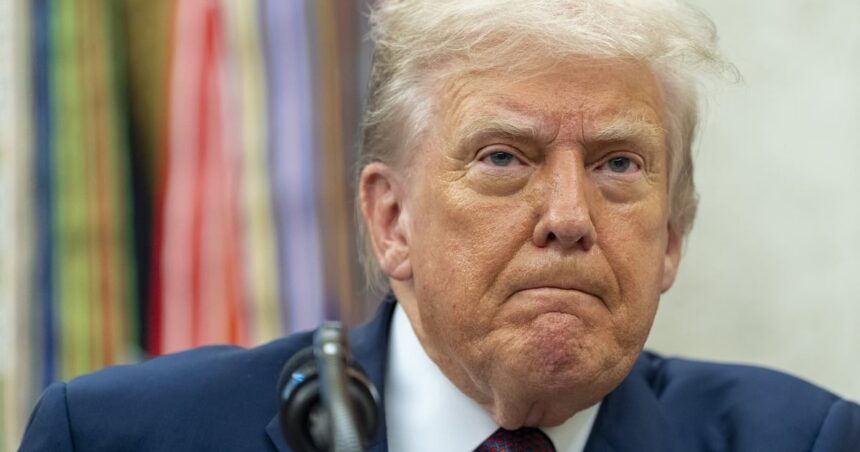The global semiconductor industry was thrown into disarray yesterday after President-elect Donald Trump announced his intention to impose a staggering 100 percent tariff on computer chips imported from China and other trading partners beginning in 2025. The announcement, delivered during a speech in Michigan, sent shockwaves through technology markets and left manufacturers scrambling to understand the potential implications for their supply chains.
“The days of China stealing our intellectual property and undercutting American workers are over,” Trump declared to applause from supporters. “We’re going to level the playing field with tariffs that protect American innovation and bring chip manufacturing back home.”
The semiconductor industry, already navigating complex geopolitical tensions, now faces unprecedented uncertainty. The Taiwan Semiconductor Manufacturing Company (TSMC), which produces roughly 90% of the world’s most advanced chips, saw its stock drop 7% following the announcement.
Industry analysts are divided on the proposal’s potential impact. Dr. Elaine Wong, senior technology economist at Fraser Institute, warns of significant downstream effects. “These tariffs could raise consumer electronics prices by 15-20% across the board. Smartphones, laptops, even automobiles – virtually every modern product contains these components,” Wong explained in an interview with CO24 Business.
The tariff plan appears specifically targeted at China but could extend to other manufacturing hubs including Taiwan, South Korea, and potentially European chip producers. This ambiguity has created confusion among America’s trading partners, with the European Commission already indicating it would consider retaliatory measures if European semiconductor manufacturers are affected.
Canadian technology firms are particularly vulnerable given their integration with U.S. supply chains. The Information Technology Association of Canada estimates that over 65% of Canadian tech companies would face significant cost increases and potential supply disruptions under the proposed tariff structure.
“This isn’t just about computers,” notes Michael Chen, Chief Strategy Officer at Toronto-based Quantum Computing Solutions. “Semiconductors power critical infrastructure – from hospital equipment to banking systems. A disruption of this magnitude could have cascading effects throughout the economy.”
The Canadian government has initiated emergency consultations with industry leaders to develop contingency plans. Deputy Prime Minister Chrystia Freeland indicated yesterday that securing exemptions for Canadian businesses would be “a top diplomatic priority” should the tariffs move forward.
Global reaction has been swift. Chinese officials called the proposal “economic coercion” and suggested potential countermeasures targeting American agricultural exports. South Korean President Lee Jae-myung convened an emergency economic security meeting, while Japanese trade officials have requested urgent clarification on the scope and implementation timeline.
The semiconductor industry has experienced significant upheaval in recent years as world powers compete for technological supremacy. The CHIPS Act, passed under the Biden administration, allocated $52 billion to bolster domestic semiconductor manufacturing, while China has invested heavily in developing its own chip production capabilities.
Industry experts question whether the U.S. currently possesses sufficient manufacturing capacity to replace imported chips. Intel Corporation, America’s largest semiconductor manufacturer, has been working to expand its facilities but faces a technological gap compared to industry leaders like TSMC and Samsung.
“You can’t reshape an entire global industry overnight,” explains Dr. Marcus Tran, semiconductor policy specialist at the University of Toronto. “Even with massive investment, it takes years to build and operationalize advanced chip fabrication plants. The proposed timeline creates significant implementation challenges.”
As markets digest this development, the central question remains: will these aggressive trade measures strengthen America’s technological independence or trigger a costly global trade war that leaves consumers paying the price? For businesses and consumers caught in the crossfire, the coming months will bring critical decisions about how to navigate an increasingly fragmented technological landscape.


















